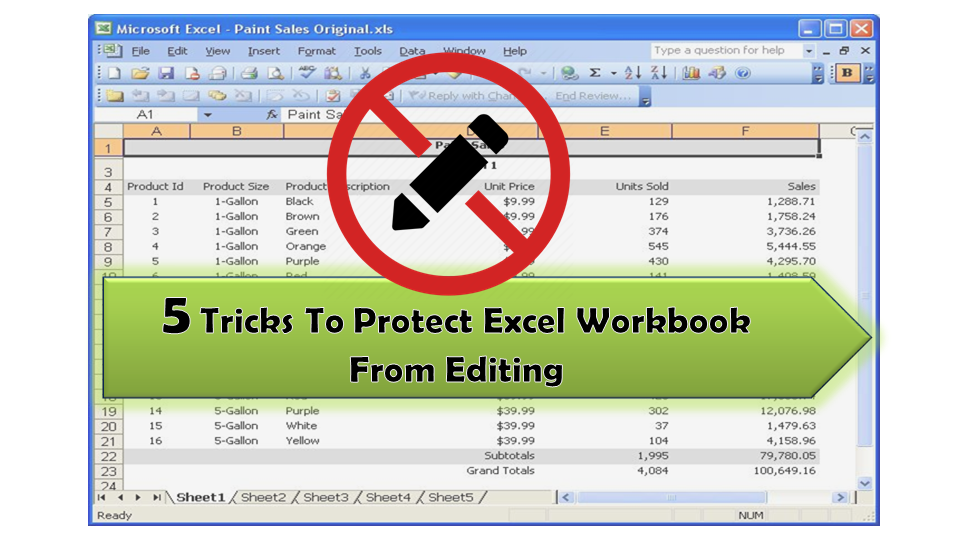

The only thing I have known to take place, an exclusive lock is created on the file when it's openned for read/write (unless it's a shared file).Įxcel does open the file into virtual memory in it's entirety, but I'm not sure if this is what you mean by a temporary file. The only time I have known it to create temporary files is when it's attempting to delete the original file (during it's save process), but can't for some reason, then it saves the file to some random name without any extensions. I never known Excel to create a temporary file when it opens a file. KenWright (TechnicalUser) 15 Jan 04 01:44 When the going gets tough, the tough gets going. This will in the long run save you a lot of headaches of trying to find out who has the file locked currently from editing it. The entry of the user name will impact all OS Office applications, so once this has been set for one MS Office application, it's set for all MS Office applications. One other thing that should be done is to have all users enter either their user name or actual name in the User Name file, which from Excel, you can get to this via Tools>Options.>General and the last textbox on the very bottom. If the file is needed to be unlocked, the IT person should be able to do it as long as it has access to the server tools so as to release the resource from the file. However, if the application has crashed, it may take the file so much time to unlock itself. I'm not really sure how the server side works or if anything has to be done (though doubt anything extra has to be done), but at least in a W2K OS environment, when a file is no longer open, it removes the lock on the file.


 0 kommentar(er)
0 kommentar(er)
